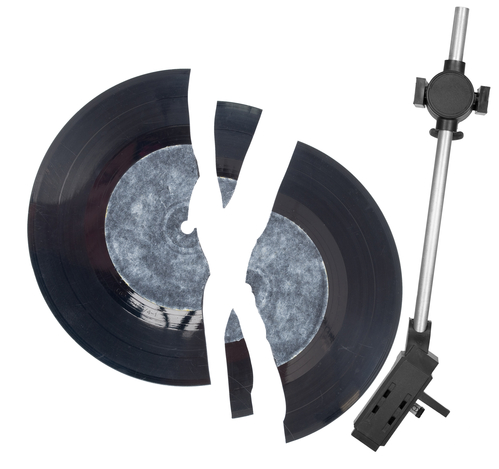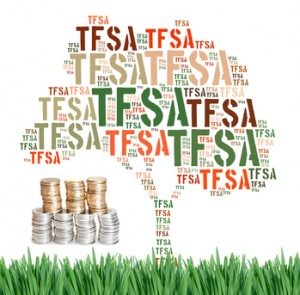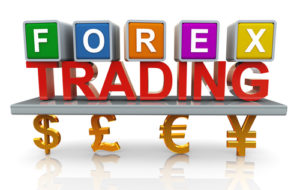 Last month S&P Global published its 2016 mid-year SPIVA Canada Scorecard, which compares the performance of actively managed Canadian-based mutual funds with their benchmarks.
Last month S&P Global published its 2016 mid-year SPIVA Canada Scorecard, which compares the performance of actively managed Canadian-based mutual funds with their benchmarks.
The conclusion is clear: actively managed funds, after fees, underperform their benchmarks over time. Investors may be better served using passively managed alternatives such as index tracking mutual funds and exchange traded funds (ETFs).
This evidence is so consistent and presented so often it almost sounds like a broken record, but given how many Canadians still pay high mutual fund fees for under-performing funds, we believe it’s a broken record still worth listening to.
Before we dive into the data, it’s worth noting a few important methodological points highlighted by S&P:
- The study compares the performance of each fund to that of a benchmark selected to provide a sensible “apples to apples” comparison.
- The survey looks at both “asset-weighted” and “equal-weighted” average fund performance and the conclusions drawn are similar.
- The study accounts for “survivorship bias”, that is it includes funds that were closed or merged with other funds over the relevant time period.
Many funds don’t even survive, let alone outperform
This last point is really important. According to the study, only 58% of Canadian Equity funds actually survived the last 5 years. One can only assume that those funds that didn’t survive were not stellar performers. US and International Equity funds fared a little better with 70% of US funds and 84% of International funds surviving the full 5 years.
So how many funds survived and outperformed their benchmark? In the Canadian Equity category, only 29% of actively managed funds outperformed their benchmark over the last 5 years. Those aren’t very good odds considering that it’s nearly impossible to predict in advance which funds are likely to outperform.
Diversifying outside Canada important, but performance of active US and International Equity funds is worse
The Canadian stock market is fairly concentrated in certain industries and specific large cap stocks so it’s important for Canadian investors to diversify outside of Canada. Unfortunately those looking to diversify using active US and International Equity funds won’t be happy with the SPIVA results. Only 14% of International Equity funds outperformed their benchmark and 0% (yes, none!) of US Equity funds outperformed their benchmark over the 5-year period.
So maybe you’re feeling lucky and think your Canadian Equity manager has some sort of advantage and will be one of the lucky out-performers. Once you look to diversify outside of Canada (and you should) the odds drop dramatically (and infinitely in the case of US Equity managers!)
The study only takes us to half-way through 2016. We wonder how active fund managers have fared through the latter half of the year with such tumultuous events as the US election. Given that most market pundits not only didn’t predict the outcome of the election correctly but missed how the market would react in response leads us to believe that when the next SPIVA scorecard is published, the same old broken record will still be spinning.
The data speaks for itself but we’ll conclude by saying that when you invest in “the market” by holding passive investment funds or ETFs, you get the market return with a fair degree of certainty. You will not experience the additional uncertainty of whether your chosen active fund will outperform or underperform the market.
Peer reviewed academic data shows that over longer periods of time very few active funds are able to outperform the market and those funds that do are nearly impossible to identify in advance. The fees for passive investment funds and ETFs are much lower than those for active funds. Again, active fund management comes with lower average investment returns after fees and less certainty of performance versus the market.
 Graham Bodel is the founder and director of a new fee-only financial planning and portfolio management firm based in Vancouver, BC., Chalten Fee-Only Advisors Ltd. This blog is republished with permission: the original ran last Friday (November 18th) here.
Graham Bodel is the founder and director of a new fee-only financial planning and portfolio management firm based in Vancouver, BC., Chalten Fee-Only Advisors Ltd. This blog is republished with permission: the original ran last Friday (November 18th) here.
 My latest MoneySense Retired Money column on TFSAs is now online. You can read the whole thing by clicking on this highlighted link: How retirees can use TFSAs to save on tax.
My latest MoneySense Retired Money column on TFSAs is now online. You can read the whole thing by clicking on this highlighted link: How retirees can use TFSAs to save on tax.







